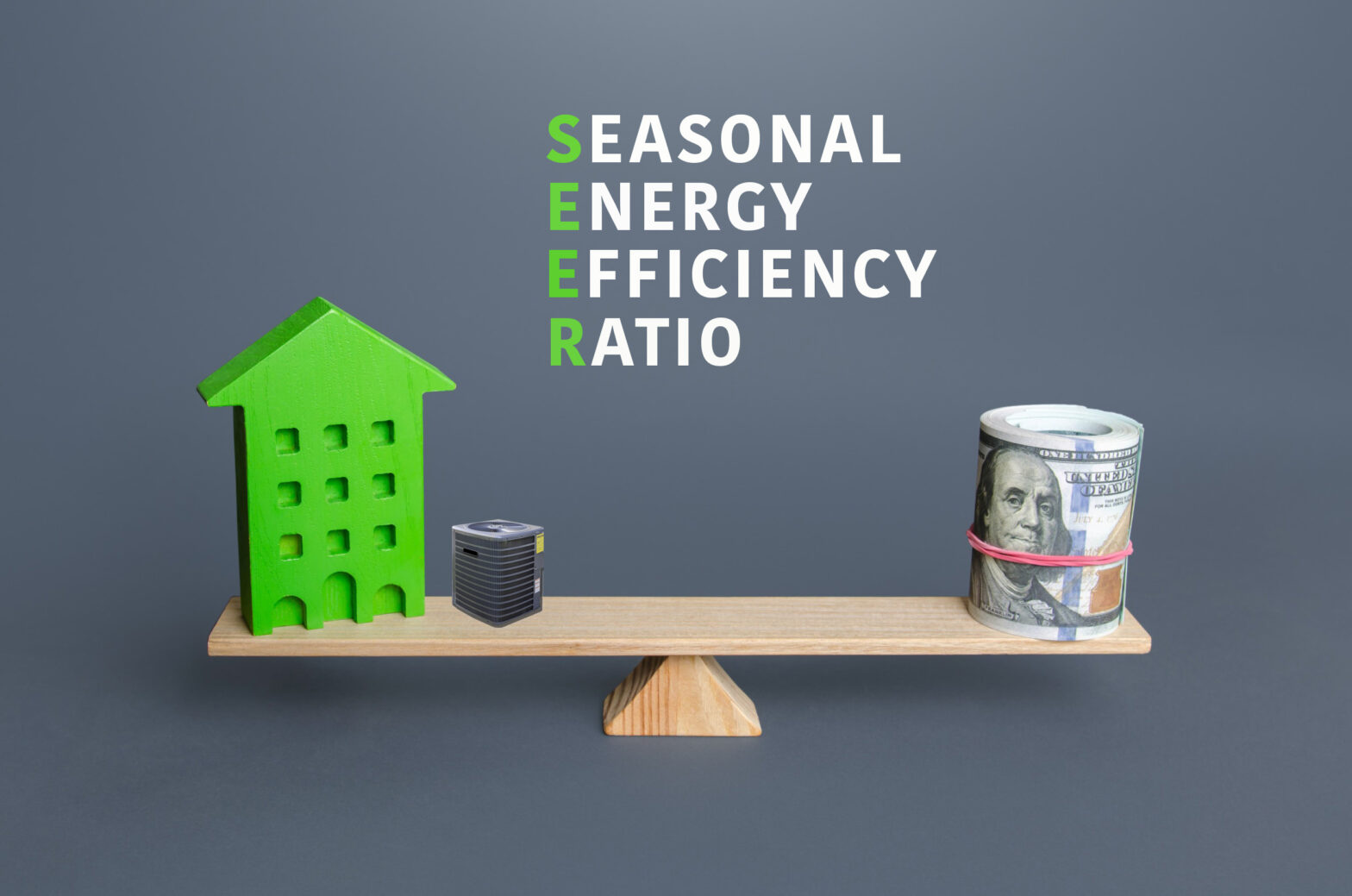
When it’s time for an HVAC replacement, you want to feel confident in your choice. So while you select a contractor you trust and believe to be reliable, you should have some basic understanding of HVAC units before deciding on a replacement.
What is a SEER Rating?
One important factor for you to understand about an HVAC unit is the SEER rating. The Seasonal Energy Efficiency Ratio (SEER) tells you how efficient an air conditioning system is. This measurement is the rating that is used as a comparison between various air conditioning systems. The higher the SEER rating is for a unit, the more energy efficient it is. This rating is used by contractors, builders, as well as homeowners to help them select the most energy-efficient option. Most air conditioning systems on the market today fall in the 14 to 21 range.
In addition, a SEER rating is often used to determine if a unit qualifies for the Energy Star program. This program and others give rebates and incentives for specific units based on energy efficiency. In some states, there is a minimum SEER rating requirement. You should check to see if your state has implemented a minimum SEER rating for new installations. The goal of this requirement is to reduce energy consumption.
If you are a Duke Energy customer, you may qualify for rebates if you opt for a high efficiency system (16 seer or higher).

Why is a SEER Rating Important?
A SEER rating is critical because it gives you an idea of your HVAC unit’s efficiency. The more efficient the unit means the lower your energy bills will be. In addition, when you select units that are the most energy-efficient, they are better for the environment because they reduce your carbon footprint and help create a cleaner environment.
You may find that HVAC units with a higher SEER rating are more expensive than units with a lower rating. While they may have a higher upfront cost, they can save you money over time. They can pay for themselves with the money they save you on your energy bills.
The SEER rating on a unit allows you to be compliant with state and local laws. There are many regulations in place about the minimum rating a new unit must have. When you understand the SEER rating of the unit you select, you know if you fall within the regulations. In North Carolina, the minimum requirement has been at 14 SEER. However, in 2023, the minimum SEER for Southeastern states will be increased from 14 SEER to 15 SEER for AC units with below 45,000 BTU cooling output. AC units with 45,000 BTU or higher cooling capacity will have a minimum of 14.5 SEER rating in 2023.
Also, when you purchase an HVAC unit with a higher SEER rating, you are buying a piece of equipment that has a higher level of performance. It allows you to have better control of the temperature, which ultimately makes you more comfortable.
Final Thoughts
You can easily find the SEER rating on most units by looking at the yellow and black EnergyGuide sticker on the outside of the unit. For additional help, you can contact us, Klimatology HVAC, your well-known HVAC contractor in Raleigh, today and schedule an appointment with one of our knowledgeable technicians to help you understand your needs.

